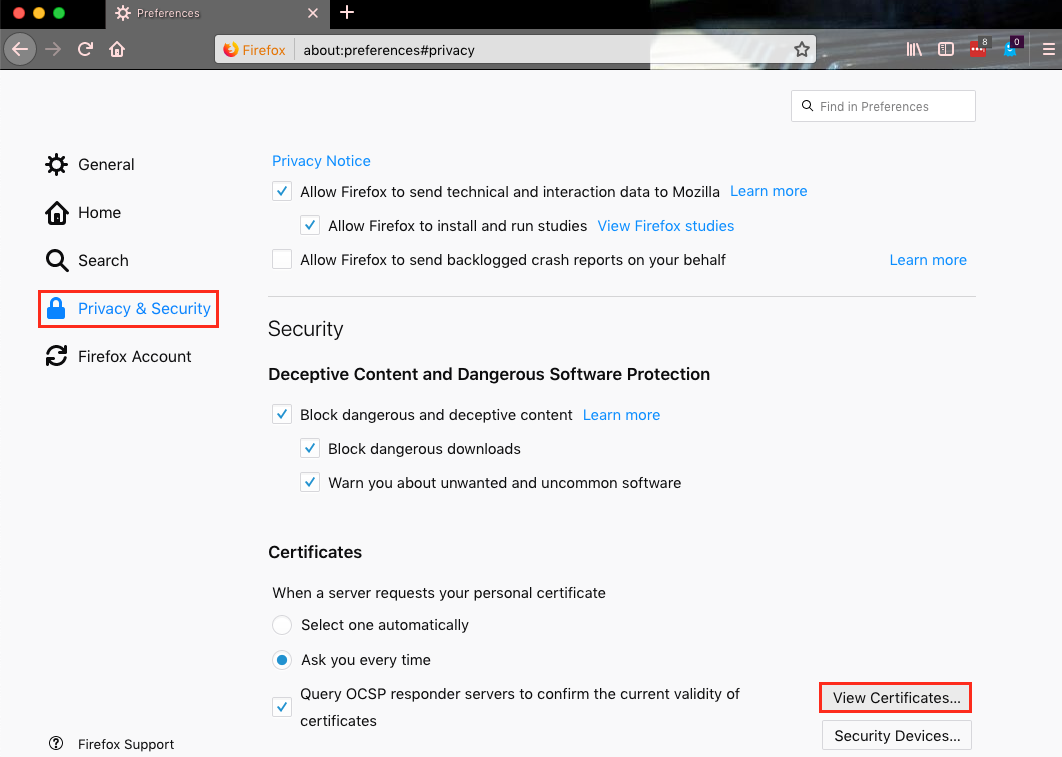

- #Saving sas7bdat for mac mac os x#
- #Saving sas7bdat for mac install#
- #Saving sas7bdat for mac archive#
- #Saving sas7bdat for mac software#
- #Saving sas7bdat for mac code#
Read the INSTALL file for further instructions. This file is only needed if you want to join the development of the GUI (see also Mac-GUI repository), it is not intended for regular users. Sources for the R.app GUI 1.76 for macOS. News features and changes in the R.app Mac GUI
#Saving sas7bdat for mac software#
Any external libraries and tools are expected to live in /opt/R/arm64 to not conflict with Intel-based software and this build will not use /usr/local to avoid such conflicts. If you wish to compile R packages from sources, you may need to download GNU Fortran for arm64 from. This release uses Xcode 12.4 and experimental GNU Fortran 11 arm64 fork.

Always re-install XQuartz when upgrading your macOS to a new major version. Note: the use of X11 (including tcltk) requires XQuartz. Important: this version does NOT work on older Intel-based Macs. R 4.1.1 binary for macOS 11 ( Big Sur) and higher, Apple silicon arm64 build, signed and notarized package.Ĭontains R 4.1.1 framework, R.app GUI 1.77 for Apple silicon Macs (M1 and higher), Tcl/Tk 8.6.11 X11 libraries and Texinfo 6.7. If you wish to compile R packages from sources, you may need to download GNU Fortran 8.2 - see the tools directory. Important: this release uses Xcode 12.4 and GNU Fortran 8.2. For native Apple silicon arm64 binary see below. This release supports Intel Macs, but it is also known to work using Rosetta2 on M1-based Macs. Note: the use of X11 (including tcltk) requires XQuartz to be installed since it is no longer part of OS X. The latter two components are optional and can be ommitted when choosing "custom install", they are only needed if you want to use the tcltk R package or build package documentation from sources. R 4.1.1 binary for macOS 10.13 ( High Sierra) and higher, Intel 64-bit build, signed and notarized package.Ĭontains R 4.1.1 framework, R.app GUI 1.77 in 64-bit for Intel Macs, Tcl/Tk 8.6.6 X11 libraries and Texinfo 6.7. Pkgutil -check-signature R-4.1.1.pkg Latest release: R-4.1.1.pkg (notarized and signed)
#Saving sas7bdat for mac mac os x#
On Mac OS X 10.7 and later you can also validate the signature using In the Terminal application to print the SHA1 checksum for the R-4.1.1.pkg image. Please check the SHA1 checksum of the downloaded image to ensure that it has not been tampered with or corrupted during the mirroring process.
#Saving sas7bdat for mac archive#
Package binaries for R versions older than 3.2.0 are only available from the CRAN archive so users of such versions should adjust the CRAN mirror setting ( ) accordingly.

Note: Although we take precautions when assembling binaries, please use the normal precautions with downloaded executables. Releases for old Mac OS X systems (through Mac OS X 10.5) and PowerPC Macs can be found in the old directory. Of course, if you're NOT doing Programming 1 and you have some random bike data that happens to use a file called storm_summary which is different from the Programming 1 data, then you still have to write the appropriate LIBNAME statement, but again, unless your folder is named storm_summary, the table names don't belong in the LIBNAME statement for a SAS data set.This directory contains binaries for a base distribution and packages to run on macOS. Proc contents data="&path/storm_summary.sas7bdat" Proc contents data="/home//EPG194/data/storm_summary.sas7bdat" Proc contents data="/folders/myfolders/EPG194/data/storm_summary.sas7bdat" įor SAS OnDemand for Academics, it would be:
#Saving sas7bdat for mac code#
If I were going to use the fully qualified path folder location and file name for SAS University Edition, as an example, then the code would be: If I were going to run PROC CONTENTS on the STORM_SUMMARY data, using a LIBNAME statement, as shown above, then the code would be: The LIBNAME statement for a SAS library points to the high-level location of the folder for all the SAS data. You do NOT use the file name in a LIBNAME statement. If you are, for example, using SAS on a Mac in a Parallels or BootCamp then you should have a C: drive on your Windows installation in the Windows partition and then you would use #4a. If you are using SAS OnDemand for Academics, then LIBNAME statement #1.

If you are using SAS University Edition in a Virtual Machine, then your LIBNAME statement would look like #2. For various interfaces, the correct LIBNAME statements would be: The name of the library that we recommend for class is PG1. Are you doing Programming 1? If so, you have to follow the instructions to make the data by running a program. The STORM_SUMMARY data set is one of the names that we use for the Programming 1 course.


 0 kommentar(er)
0 kommentar(er)
